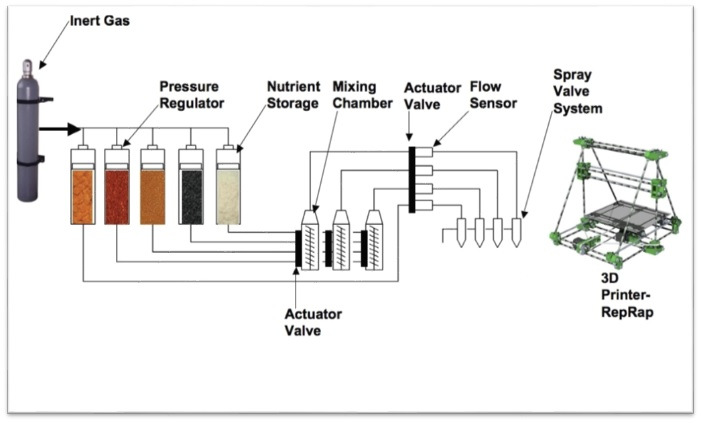
NASA has thrown a $125,000 grant at a research project to bring 3D-printed pizza into our reality.
Check it out:
[youtube http://www.youtube.com/watch?v=i6XASxni0I0&w=640&h=480]
That’s a prototype printing chocolate. I know it sort of looks like a fraught-with-science version of a Willy Wonka movie prop, but that machine is actually synthesizing chocolate from cartridges containing sugars, complex carbohydrates, protein, and so on.
The NASA-funded project comes from mechanical engineer Anjan Contractor of Systems & Materials Research Corporation. Coincidentally, Contractor was also a speaker at the recent Humans to Mars conference.
Related: A 3D printer you can order today prints both solids and liquids, so you can “print” food and drinks.
Naturally, this kind of food replication would be a great way to survive in space or on other planets, where plant-growing natural resources are scarce. But it’s also a great idea for feeding hungry people around the world when economics, famine, or war come between people and sustenance.
“I think, and many economists think, that current food systems can’t supply 12 billion people sufficiently,” the engineer told Quartz. “So we eventually have to change our perception of what we see as food.”
Here’s a diagram of how the contraption works, courtesy of Systems & Materials Research Corporation:


